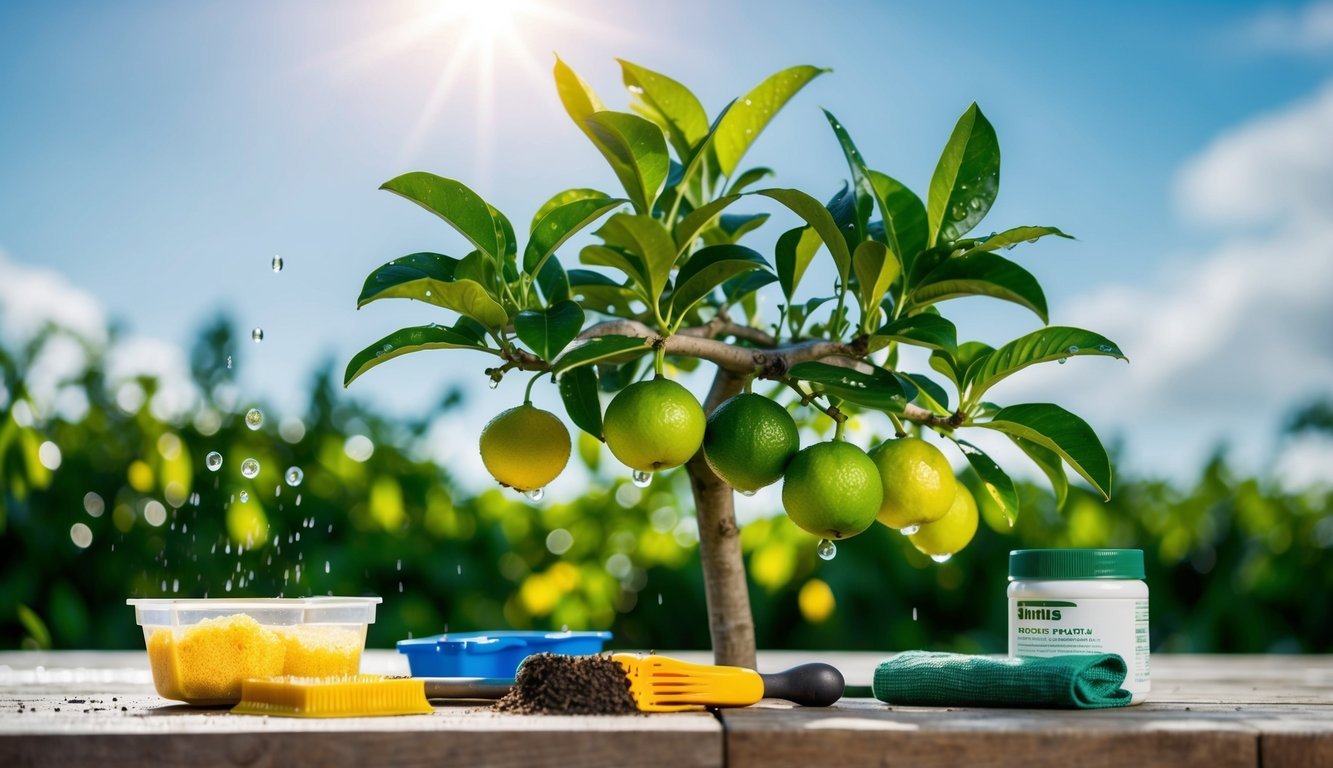
When you first plant a lime tree, the anticipation of harvesting its zesty fruits can be exhilarating.
However, it’s often disheartening to discover that your tree isn’t yielding any limes.
In a recent conversation with agricultural expert Briana Yablonski, we uncovered multiple reasons your lime tree might be fruitless and explored ways to remedy these common issues.
You may have a tree covered in vibrant blossoms, yet none are transforming into those coveted limes.
Alternatively, your tree might not be producing any flowers at all.
Either scenario can lead to frustration for gardeners eagerly awaiting a bountiful harvest.
A Variety of Factors
A variety of factors might be stifling your lime tree’s fruit production, such as the tree’s age, lack of proper fertilization, insufficient sunlight, and inconsistent watering techniques.
Let’s delve into seven critical reasons for your lime tree’s lack of fruit:
- Tree Age: Young lime trees—those around one or two years old—may not yet be mature enough to bear fruit.
Generally, grafted lime varieties take about two to three years to start producing, while seed-grown trees can take more than five years before they yield any limes.
- Pollination Problems: If your tree has abundant flowers but little to no fruit, it might struggle with pollination.
While lime trees can self-pollinate, the process can be enhanced through cross-pollination.
For indoor trees, consider giving them a helping hand by using a tiny brush to transfer pollen from one blossom to another.
- Not Enough Sunlight: Lime trees flourish in bright sunlight and need at least eight hours of direct light each day.
Without sufficient exposure, these trees can weaken, which adversely affects their ability to produce the energy necessary for blooming and fruiting.
- Pruning Mistakes: Citrus trees produce flowers mainly on new growth, so improper pruning can lead to fewer blooms.
It’s important to prune carefully and avoid cutting back buds or young stems that could potentially develop into flowers in the future.
- Nutritional Deficiencies: Regular nourishment plays a crucial role in the health of your lime tree.
A lack of essential nutrients—like nitrogen, phosphorus, and potassium—can hinder fruit production.
Using a fertilizer designed specifically for citrus trees can help address these deficiencies effectively.
- Watering Issues: Both too little and too much water can stress your lime tree, impacting its capability to bear fruit.
To avoid this, water your tree thoroughly when the top inch or two of soil feels dry.
- Temperature Fluctuations: Lime trees thrive best in temperatures ranging from 60-85°F (16-29°C).
Extreme temperatures—either too hot or too cold—can create stress that prevents fruiting.
To protect your tree, gradually acclimate it to temperature changes and safeguard it during harsh weather.
Enhancing Fruit Production
By tackling these potential hurdles, you can significantly boost your lime tree’s chances of producing fruit in the future.
Happy gardening!
Source: Epicgardening

